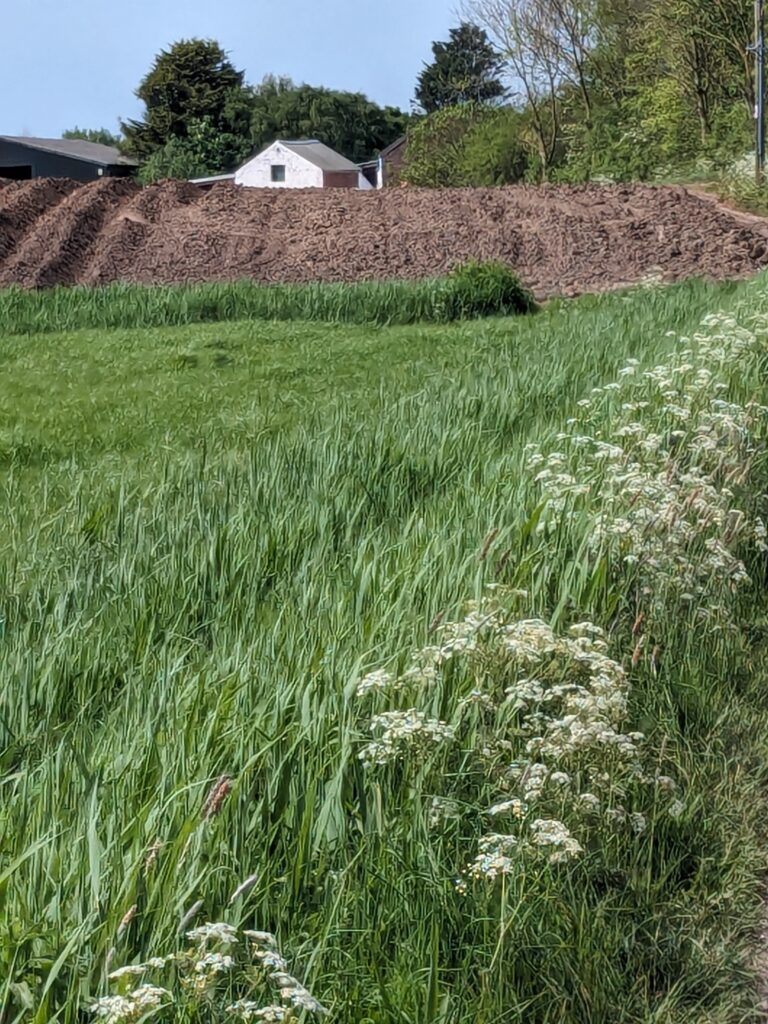As the vibrant days of summer give way to the crisp air and golden hues of autumn, a distinct energy shift occurs in the natural world. This season, often associated with harvest, reflection, and transformation, offers a unique opportunity to align more deeply with your life purpose. By understanding the energies of autumn and engaging in optimal activities that resonate with this time of year, you can harness the season’s power to nurture your life’s path.
The Energies of Autumn
Autumn is a season of transition, where the fullness of summer’s growth matures into the harvest. It is a time when nature prepares to rest, shedding what is no longer needed in preparation for winter’s dormancy. This energy of letting go, slowing down, and focusing inward is mirrored in the human experience.
In terms of life purpose, autumn is a season for introspection and refinement. The frenetic energy of summer, often focused on outward action and expansion, now shifts towards contemplation. It’s a time to review your progress, assess what is working in your life, and identify what no longer serves your higher goals. The natural world is contracting, drawing energy inward, and so too can you. This inward focus allows you to connect more deeply with your true self, facilitating a clearer understanding of your purpose and the steps needed to align with it.
Optimal Activities for Autumn
To fully engage with the energies of autumn in relation to your life purpose, consider incorporating the following activities into your routine:
1. Reflection and Journaling
Autumn is an ideal time for reflection. Spend time journaling about your experiences over the past year. Reflect on what you have achieved, the challenges you’ve faced, and how these experiences have shaped your understanding of your life purpose. This process helps clarify your goals and identify any shifts in direction that may be necessary.
2. Letting Go of the Unnecessary
Just as trees shed their leaves, autumn is a powerful season for letting go of what no longer serves you. This could be habits, relationships, or even outdated goals that do not align with your true path. Engage in activities like decluttering your physical space or practicing mindfulness meditation to release mental and emotional clutter.
3. Setting Intentions for the Future
While autumn is a time for letting go, it is also a period of setting intentions for the future. As you release what no longer serves you, create space for new opportunities and experiences that align with your life purpose. Consider writing down your intentions or creating a vision board that reflects the path you wish to pursue in the coming months.
4. Connecting with Nature
Spending time in nature during autumn can be incredibly grounding. The crisp air and changing foliage can inspire a sense of peace and clarity. Walks in the woods, gardening, or simply sitting outside can help you attune to the natural cycles and find harmony in your own life’s rhythms.
5. Engaging in Creative Projects
Autumn’s energy is conducive to creativity, making it an excellent time to start or deepen creative projects that are aligned with your life purpose. Whether it’s writing, painting, or another form of artistic expression, engaging in creative work can be a powerful way to explore and communicate your inner truth.
6. Cultivating Gratitude
As the season of harvest, autumn is a time to cultivate gratitude for the abundance in your life. Practicing gratitude can shift your focus from what is lacking to what is present and thriving, reinforcing a positive mindset that supports your life purpose. Consider keeping a gratitude journal where you note daily or weekly reflections on what you are thankful for.
7. Planning and Preparing
Autumn is also a time for planning and preparation. Just as farmers prepare the soil for the next planting season, you can use this time to plan for your future endeavours. This might involve setting goals for the next year, creating a roadmap for achieving them, or acquiring new skills that will support your journey.
Conclusion
The energies of autumn offer a potent opportunity to realign with your life purpose. By embracing the season’s natural rhythms and engaging in activities that support introspection, letting go, creativity, and planning, you can use this time to deepen your connection to your true path. As the world around you prepares for winter’s rest, take this time to nurture your inner world, setting the stage for the growth and renewal that will come in the spring. In doing so, you align not just with the seasons, but with the deeper purpose that guides your life’s journey.
You may enjoy our previous post on How to Align with Nature’s Rhythms for a more Purposeful Life.




